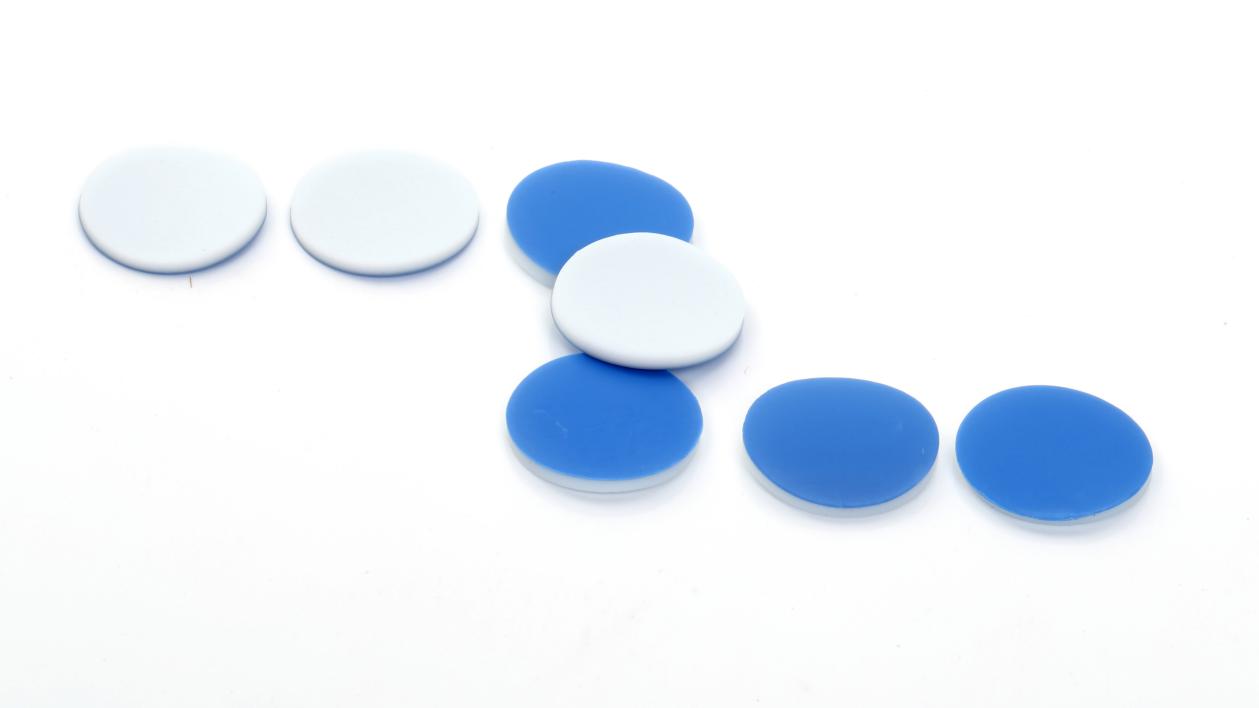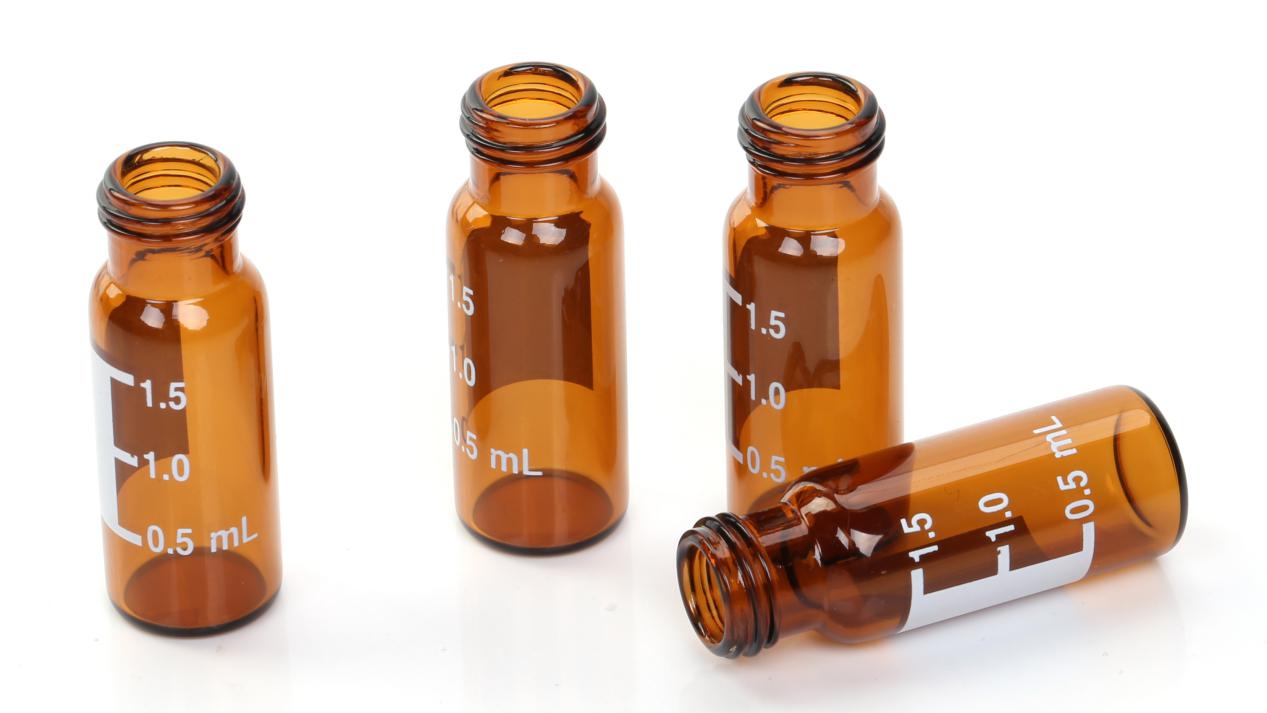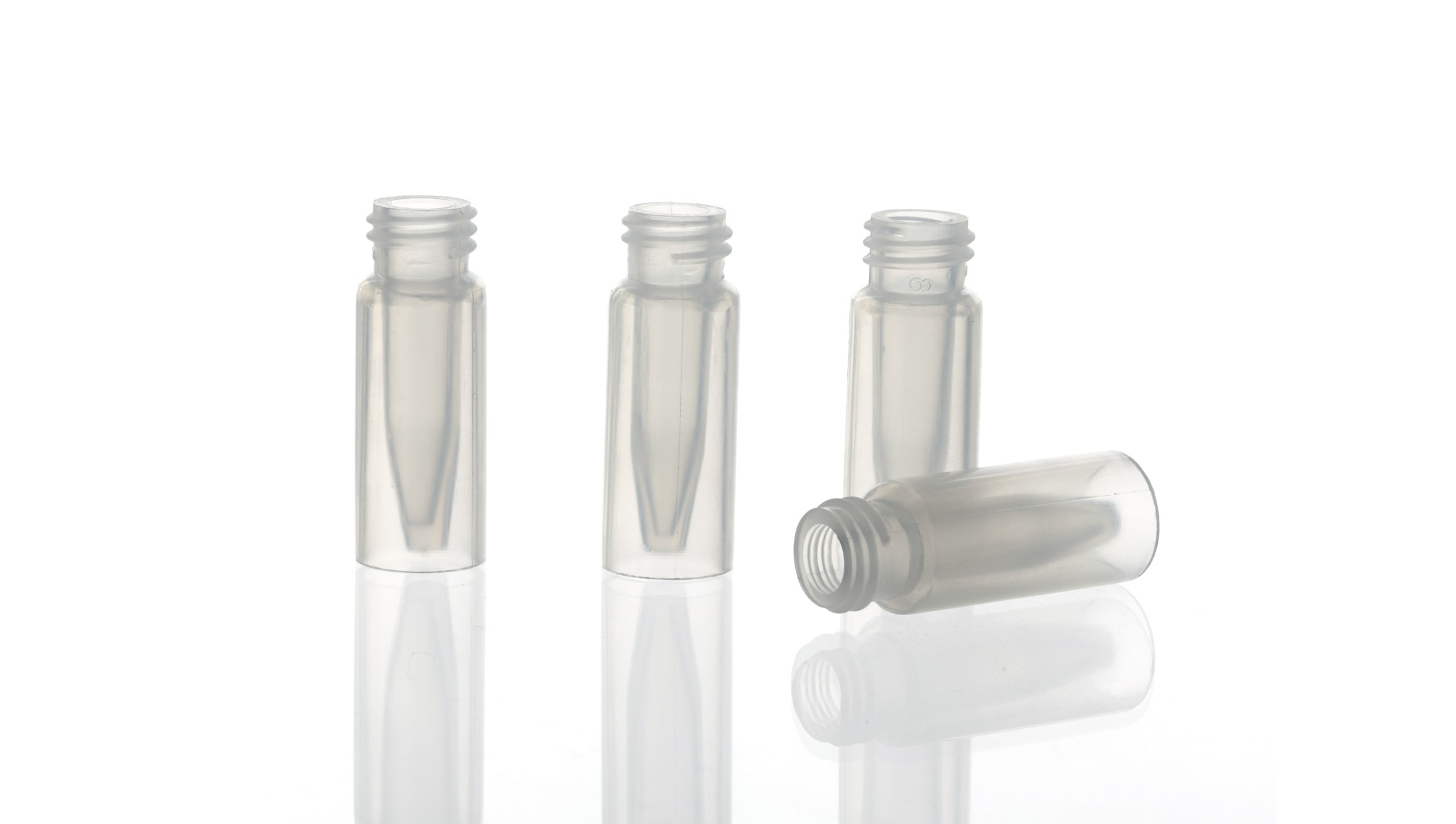
Abstract:
Although the sample vials is small, vast knowledge are required to use it rightly. When there are problems with our experimental results, we always think of the sample vials last, but it is the first step to consider. When choosing the right sample vials for your application, you need to make three decisions: the septa, the lid, and the vials itself.
01 Septa Selection Guide
PTFE: recommended for single injection, Excellent solvent resistance and chemical compatibility* no re sealing after piercing,Long term storage of samples is not recommended
PTFE / silicone: recommended for multiple injections and sample storage, Excellent re sealing characteristics, It has the chemical resistance of PTFE before puncture, and the chemical compatibility of silicone after puncture, The operating temperature range is - 40 ℃ to 200 ℃

Pre-slit PTFE / silicone: provide good ventilation to prevent the formation of a vacuum in the sample vials, thus achieving excellent sampling reproducibility, Eliminate the blockage of the bottom needle after sampling, Good re sealing ability, It is recommended for multiple injections, The operating temperature range is - 40 ℃ to 200 ℃

(star slit )PE without septa: It has the same advantages as PTFE
02 Sample vials cap Guide
There are three types of vials caps: crimp cap, snap cap and screw cap. Each sealing method has its own advantages.
crimp caps: The clamp cap squeezes the septa between the vials edge of the glass sample vials and the folded aluminum cap. The sealing effect is very good, which can effectively prevent sample evaporation. The position of the septum remains unchanged when the sample is punctured through the automatic injector. It is necessary to use a crimper to seal the sample vials. For a small quantity samples, manual crimper is the best choice. For a large number of samples, an automatic crimper can be used.

snap cap: The snap cap is an extension of the sealing mode of the crimp caps. The plastic cap on the edge of the sample vials forms a seal by squeezing the septa between the glass and the extended plastic cap. The tension in the plastic cover is due to its attempt to restore its original size. The tension forms a seal between the glass, the cap and the septa. The plastic snap cover can be closed without any tools.The sealing effect of the snap cover is not as good as the other two sealing methods.· if the fit of the cap is very tight, the cap is difficult to close and may break.If it is too loose, the sealing effect will be poor, and the septa may leave its original position.

Screw cap: The screw cap is universal. Tightening the cap exerts a mechanical force that squeezes the septa between the glass rim and the aluminum cap. In the process of puncturing sampling, the sealing effect of the screw cap is excellent, and the gasket is supported by mechanical means. No tools are required for assembly.

The PTFE / silicone septa of the screw cap is fixed on the polypropylene vials cap by a non solvent bonding process. The bonding technology is designed to ensure that the septa and cap are always together during transportation and when the cap is put on the sample vials. This adhesion helps to prevent the septa from falling off and shifting during use, but the main sealing mechanism is still the mechanical force applied when the cap is screwed onto the sample vials.
The mechanism of cap tightening is to form a seal and keep the septa in the correct position during the insertion of the probe. It is not necessary to screw the cap too tightly, otherwise it will affect the sealing and cause the septa to fall off and transpose. If the cap is screwed too tightly, the septa will cup or dent.
03 Material of sample vials
Type I, 33 line-expension borosilicate glass:It is the most chemically inert glass at present. It is usually used in analytical laboratories to obtain high-quality experimental results. Its expansion coefficient is about 33x10 ^ (- 7) ℃, which is mainly composed of silicon oxygen, and also contains trace boron and sodium. All water glass vialss are type I 33 line-expension glass.

Type I, 50 line-expension glass: It is more alkaline than 33 line-expension glass and can be used in a variety of laboratory applications. Its expansion coefficient is about 50x 10 ^ (- 7) ℃, which is mainly composed of silicon and oxygen, and also contains a small amount of boron. Most Hamag amber glass vials are made from 50 expansion glass.
Type I, 70 line-expension glass: It is more economic than 50 line-expension glass and can be used in a variety of laboratory applications. Its expansion coefficient is about 70x 10 ^ (- 7) ℃, which is mainly composed of silicon and oxygen, and also contains a small amount of boron. Large quantity of Hamag clear vials are made from 70 expansion glass.
De activated glass (DV): For analytes with strong polarity and binding to the polar glass surface of the glass, deactivation of the sample vials may be a good choice. Hydrophobic glass surface was produced by reactive silane treatment in glass phase. The deactivated sample vials can be dried and stored indefinitely.
Polypropylene plastics: Polypropylene (PP) is a non reactive plastic that can be used where glass is not suitable. Polypropylene sample vials can still keep good sealing when burned, thus minimizing the possibility of exposure to potential hazardous substances. The maximum operating temperature is 135 ℃.

Post time: Feb-25-2022

